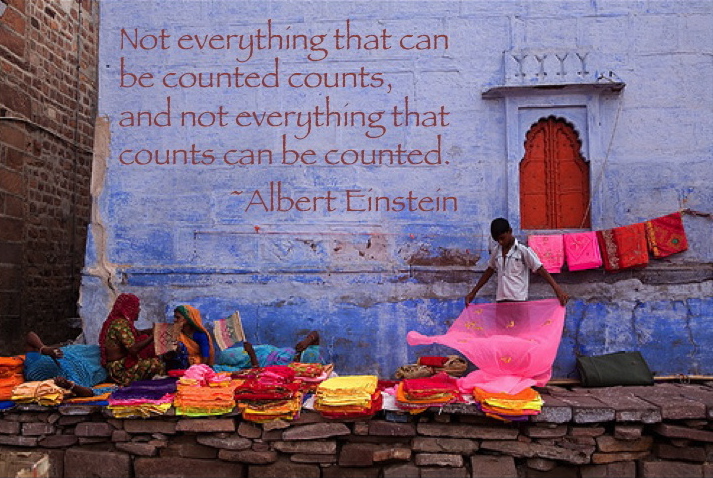The bottom line question for many people working internationally is seemingly simple—How many people were reached? The smaller the program, the more easily-answered or easily-gathered the information is. But the larger or more complex the program, the effort and amount of resources required to know and verify beneficiary numbers rises greatly. This often becomes a huge drain on financial and human resources, especially for under-resourced local organizations.
The question then becomes, are exact beneficiary numbers even worth it? Or even possible?
Accurately counting beneficiary numbers is a complex exercise that can require significant time and resources. The process is convoluted even further by the changing, pressure-filled environment in which development organizations work. Issues of direct vs. indirect beneficiaries and double-counting further confound the situation.
It is important to probe the underlying assumptions behind donor requirements for exact beneficiary numbers. Do beneficiary numbers actually ensure accountability? And what can donors truly know about the numbers reported to them?
- Validity? – Can donors rigorously verify the exact beneficiary numbers?
- Timeliness? – Whether the data had been gathered in a timely manner?
- Cost effectiveness? – Was the data worth the time and money invested?
- Reliablity? – Would numbers be the same if measured by different people at different times and under different circumstances?
- Relevance? – Are numbers related to the objectives of program?
Most importantly, despite donors’ “need” for these numbers, we all know that counting beneficiaries is not enough. Beneficiary numbers alone do not illustrate the depth or quality of programs or the services being provided to people. For all the technocrats out there, beneficiary numbers simply demonstrate output-level results, that is, they tell us only that activities have taken place. More meaningful information is also needed on outcomes (the resulting changes in behavior as a result of activities) and impact (the ‘so what?’). Yet, we have to acknowledge that there are severe limitations to what results can truly be determined within projects’ short time periods.
I believe that counting beneficiaries should never detract from the most important work at hand, which is serving people. Fulfilling donors’ information requirements can much too easily alter local organizations’ priorities and donors’ sense of entitlement to information can greatly impede strong working relationships between development partners.
Ultimately, I believe that any beneficiary information that is reported to donors should first and foremost be contextually relevant and useful to those who collect, compile and share it.
But, unfortunately, we all know that that is far from the industry standard.

I think sometimes we know more about the conundrum than how to actually approach it. But those are good questions to keep in mind as we collect data.